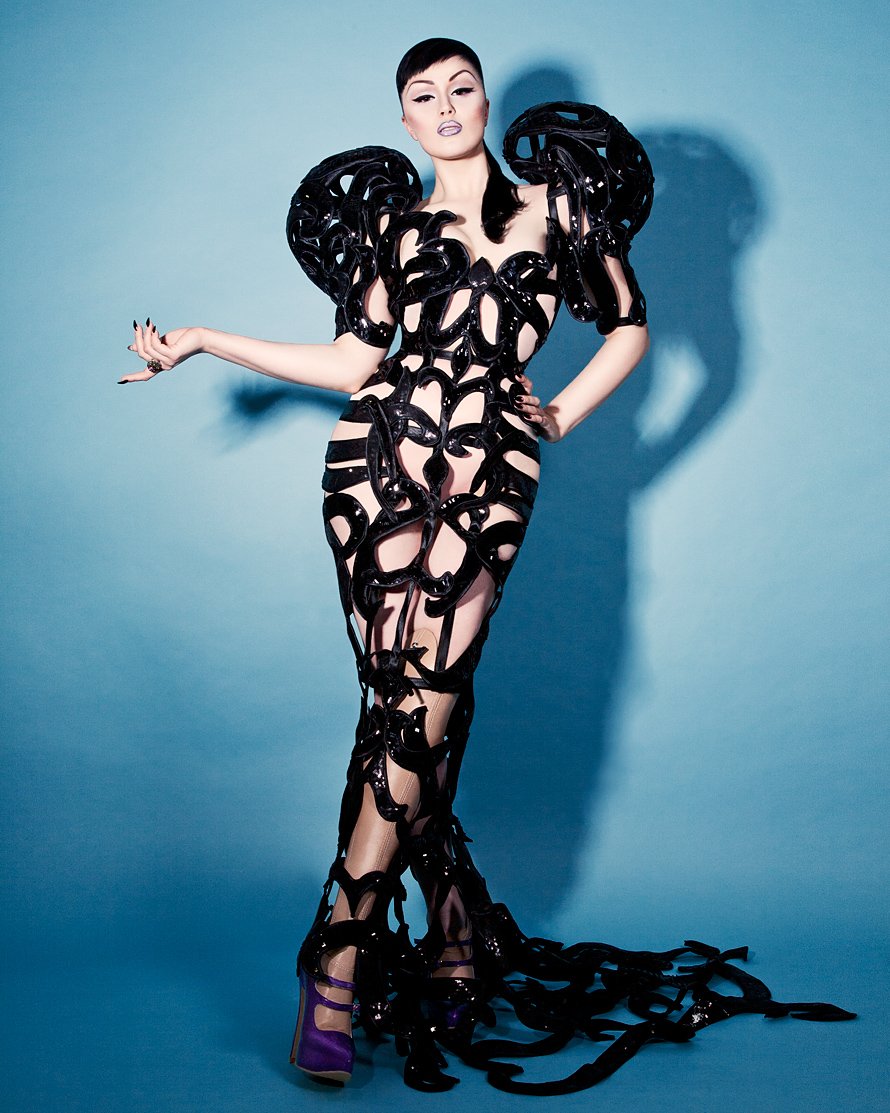
Julian Scordato
Constellations
File Festival
FILE HIPERSONICA
This work begins from the exploration of an imaginary celestial space which is translated into sound space. How does each celestial sphere – starting from its manifestation as a unit – interact with the cosmos where it belongs? How does it react to its law? How does it transform itself integrating with the system, until the loss of identity? In contrast to this process, the constellations act by highlighting the bodies in their uniqueness through the creation of symbolic links: beyond their meaning, they stand as a classification and articulation device of the individual within the system.
.
Questo lavoro parte dall’esplorazione di uno spazio celeste immaginario che si traduce in spazio sonoro. In che modo ogni sfera celeste – a partire dalla sua manifestazione come unità – interagisce con il cosmo a cui appartiene? Come reagisce alla sua legge? Come si trasforma integrandosi con il sistema, fino alla perdita di identità? In contrasto con questo processo, le costellazioni agiscono mettendo in evidenza i corpi nella loro unicità attraverso la creazione di collegamenti simbolici: al di là del loro significato, si pongono come dispositivo di classificazione e articolazione dell’individuo all’interno del sistema.








